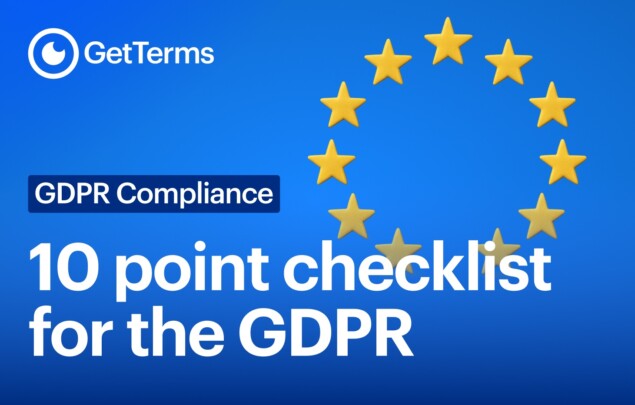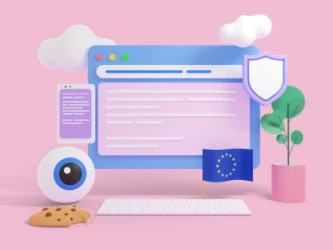The 10 Step GDPR Compliance Checklist
Step 1: Designate a Data Protection Officer (if required) This step may not be required for every business, but we…

Create a GDPR-ready Privacy Policy, Terms & Cookie Banner in under 5 minutes.

The GDPR requires you to inform the data protection authority in your country of any data breach likely to pose a risk to the data subjects involved. We’ll show you exactly how to respond to a data breach under the GDPR!
Follow our 10 step checklist for GDPR compliance
GDPR Compliance ChecklistAny time personal information is accessed or disclosed without authorization, destroyed accidentally or unlawfully, altered, or stolen, it’s referred to as a data breach.
The causes of data breaches can be lumped into 3 categories:
If you believe a data breach has occurred and that it’s likely to pose a risk to the data subjects involved, the GDPR requires you to notify the relevant data protection authority in your country within 72 hours. If you’ve assessed the breach and don’t see any risk to your data subjects’ rights, you don’t need to make a report.
Whether you make a report or not, the GDPR requires you to document every personal data breach, comprising the facts relating to the personal data breach, its effects, and the remedial action taken. This documentation may save you in the case of a serious breach, as the supervisory authority will use it to verify compliance.
In the case that you’ve detected a data breach that is likely to pose a risk to the data subjects involved, you’re going to need to provide the following information to your data protection authority:
The GDPR requires you to notify the victims of a personal data breach when it is likely to result in a high risk to their rights and freedoms. The notification must be given immediately unless there is a legitimate, unavoidable obstacle. You do not need to notify impacted data subjects if you’ve assessed the breach and don’t see any risk to your data subjects’ rights.